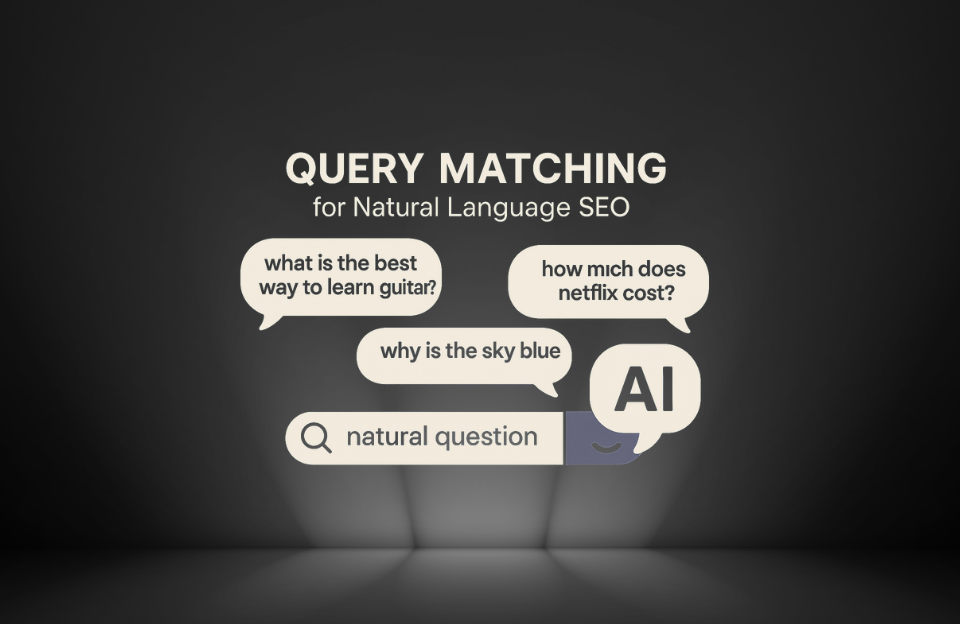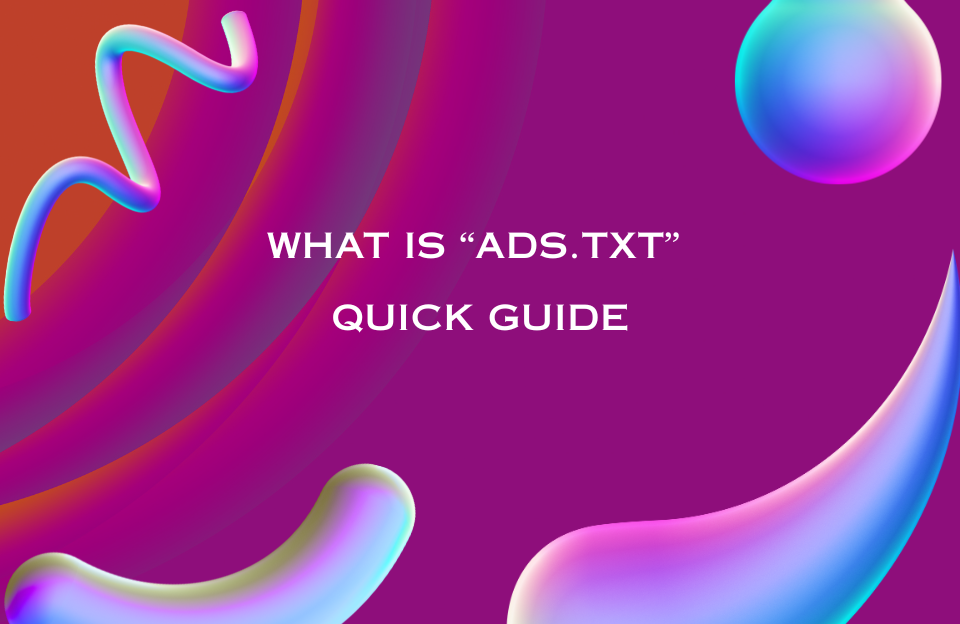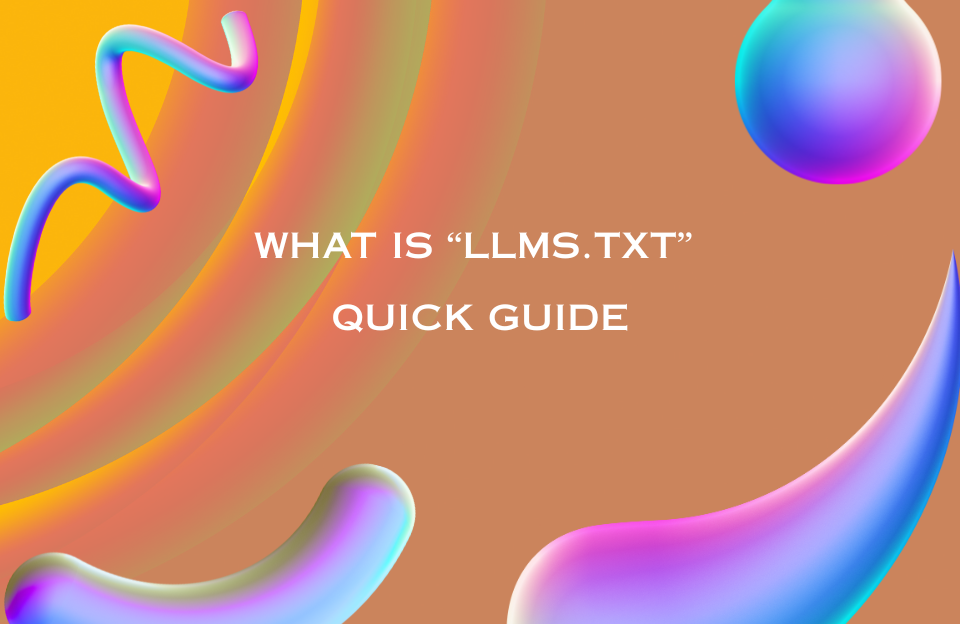Search behavior is evolving. Users no longer search with robotic keyword strings—they ask questions, just like they would when speaking to another person or using AI tools. This shift toward natural language queries has made query matching a critical element of modern SEO and content strategy.
What Is Query Matching?
Query matching is the process of aligning your content with the specific words, phrases, and natural language questions that users type—or say—into search engines or AI assistants. Instead of targeting generic keywords like “email tools,” modern SEO emphasizes matching the exact way users phrase their questions, such as “What’s the best email marketing tool for beginners?”
Why Query Matching Matters
Search engines and AI tools like Google, Bing AI, and ChatGPT are becoming increasingly conversational. They don’t just scan for keywords—they interpret intent, context, and phrasing. If your content closely matches how users naturally ask questions, it’s more likely to be surfaced in:
- Featured snippets
- AI Overviews and answer boxes
- Voice search results
- People Also Ask (PAA) sections
- AI-generated summaries and citations
Understanding Search Intent Behind Queries
Every search query is driven by a goal—known as search intent. Aligning your content with the user’s intent helps ensure it satisfies the query fully. The three primary types of search intent are:
- Informational: The user wants to learn something (e.g., “How does solar energy work?”)
- Navigational: The user wants to find a specific page or brand (e.g., “Shopify pricing page”)
- Transactional: The user is ready to act (e.g., “Buy wireless earbuds under 100 euros”)
Matching your content to both the phrasing and the underlying intent is key to ranking in modern search.
Example: Traditional vs. Natural Queries
| Old Keyword | Natural Language Query |
|---|---|
| best hiking shoes | What are the best hiking shoes for wide feet? |
| email newsletter tips | How do I write an engaging email newsletter? |
| crm software small business | Which CRM is best for a small startup? |
Conversational SEO: Writing Like People Speak
Google’s algorithm updates and the rise of generative AI have pushed SEO into a more conversational era. This means using:
- Full sentence headings like “How can I speed up my website?”
- Clear, direct language instead of dense or academic writing
- Contextual transitions (“Next, let’s look at…”) to simulate conversation
This doesn’t mean dumbing down your content—it means writing the way your audience speaks. Clarity equals relevance.
Best Practices for Optimizing Query Matching
- Use Question-Based Headings: Incorporate real questions into
<h2>and<h3>tags that mirror user phrasing. - Answer First, Explain Later: Lead with a direct answer (40–60 words), followed by a detailed explanation.
- Leverage Long-Tail Variations: Sprinkle related questions and phrases throughout your content naturally.
- Structure for Snippets: Use clean lists, tables, and definitions for easy extraction by search engines.
- Use Conversational Signals: Include words like “you,” “your,” and “how” to match voice and AI queries.
How to Find Natural Language Queries
- Google Autocomplete: Start typing a question to see how others phrase it.
- People Also Ask (PAA): Expand these boxes to uncover related phrasing.
- ChatGPT or Gemini: Ask what users are likely to ask about a topic.
- Reddit and Quora: Great sources of unfiltered, natural user language.
- AnswerThePublic: Visualizes real-world question data pulled from search engines.
Linking Strategy and Query Clusters
Effective query matching doesn’t stop at single questions. You can create query clusters—groups of related natural language questions across multiple pages or sections. For example:
- Main page: “What is content marketing?”
- Linked page: “How do you create a content strategy?”
- Blog post: “What tools help with content distribution?”
Internally linking between these questions builds topical authority and helps AI understand the relationship between your answers.
Voice Search & AI: Fueling the Shift
With the rise of AI assistants and voice-enabled devices, users are searching in full sentences more than ever. Over 65% of mobile and voice queries now resemble natural language questions. Query matching helps you rank in:
- Alexa and Siri answers
- Google Assistant snippets
- AI-generated citations in ChatGPT or Gemini
- Smart home device searches
Trends in Query Matching for AI Tools
- Intent-rich Queries: “What’s the fastest way to…” or “Which option is best if…”
- Voice-First Formatting: Short sentences, quick definitions, and clearly labeled sections
- AI Training Feedback Loops: Pages with structured, consistent answers are more likely to be used for training future AI models
- Follow-up Prompts: AI Overviews often simulate a dialogue—anticipating next questions gives you more surface area
Common Mistakes to Avoid
- Over-optimized keywords: Avoid unnatural repetitions of the exact phrase.
- Ignoring question structure: Don’t write vague headlines like “SEO tips”—use “What are some effective SEO tips?”
- Too much jargon: AI and users both prefer clear, conversational explanations.
- No hierarchy: Without headings and subheadings, your content becomes harder to extract or feature.
Conclusion
Query matching bridges the gap between how people search and how content is written. As natural language becomes the norm—driven by AI tools, voice assistants, and conversational UX—your content must evolve. By mirroring real questions, structuring clear answers, and building query clusters, you position your site for visibility in today’s and tomorrow’s search landscape.
Want to future-proof your SEO? Start by listening to how people ask—and answer them directly.




